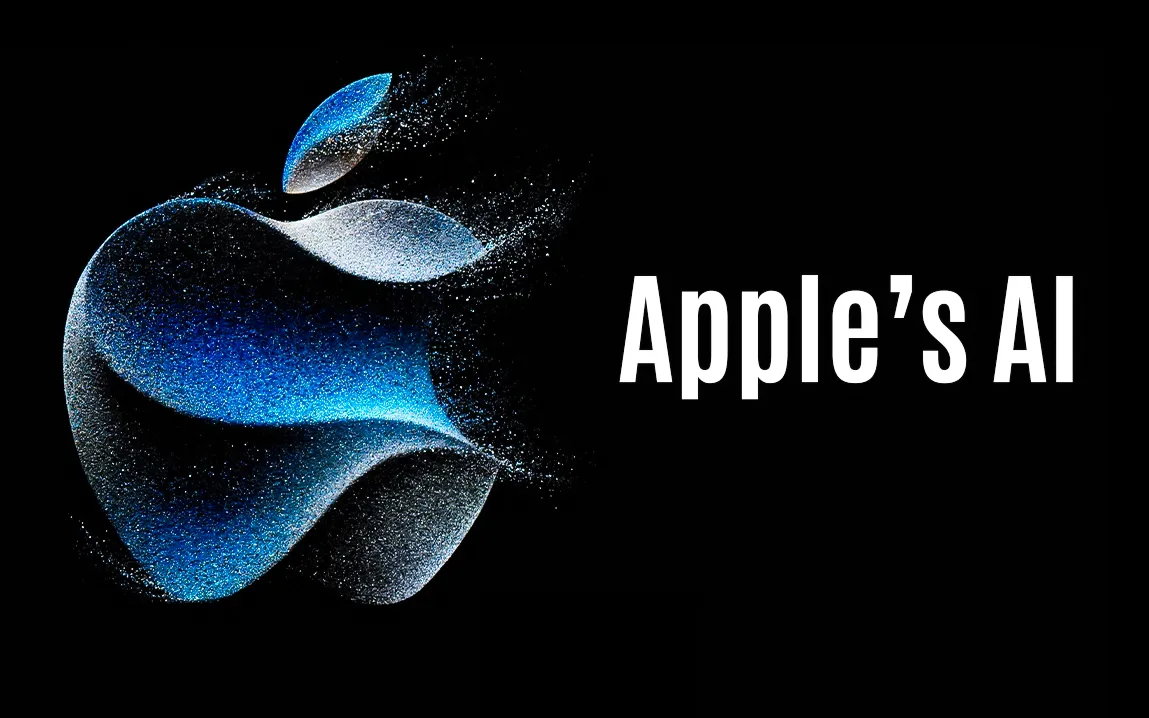SpaceX schedules its seventh Starship test flight for January 13, 2025, featuring satellite deployment, vehicle upgrades, and reentry recovery tests, marking significant progress in reusable rocket technology.
On January 13, 2025, SpaceX will successfully carry out its seventh Starship test flight at 4:00 PM CST (22:00 UTC) from its Starbase facility in Boca Chica, Texas. citeturn0search15 It will mark the first significant upgrade to the Starship system-the seventh Starship test flight-and it will mark a crucial leap forward in reusable rocket technology.
Key Objectives of Flight 7:
Deployment of Mock Satellites: For the first time, Starship will attempt to deploy payloads in space by releasing 10 Starlink simulators. These models, the same size and weight as next-generation Starlink satellites, will be deployed on a suborbital trajectory and splash down in the Indian Ocean.
Vehicle Upgrades: The mission will sport Ship 33, the first Block 2 upper stage and Booster 14, a Block 1 vehicle. Notable for Booster 14, though, is the re-use of a Raptor engine from another flight, making clear SpaceX’s focus on reuse.
Reentry and Recovery Tests: The Super Heavy booster will attempt to perform a return and catch using the launch tower’s “chopstick” arms, a feat that was already demonstrated in October 2024. The Starship upper stage is scheduled for a controlled splashdown in the Indian Ocean, and NASA will send a specially outfitted Gulfstream V aircraft to capture imagery of the reentry process.
These developments are part of a broader vision for SpaceX to create a fully reusable spacecraft that can transport crew and cargo to Earth orbit, the Moon, Mars, and beyond. The success of Flight 7 is expected to contribute significantly to the evolution of space travel, making future missions more efficient and reliable.



